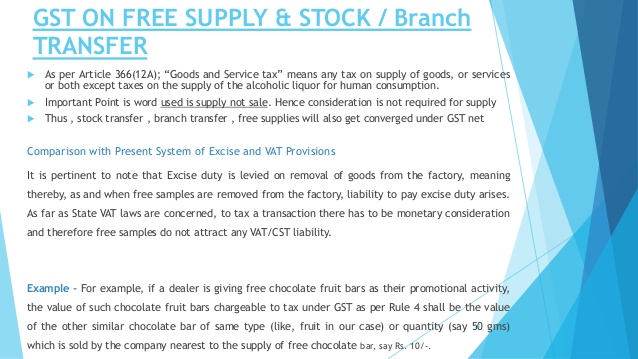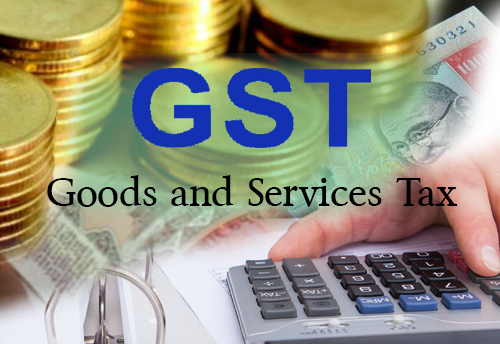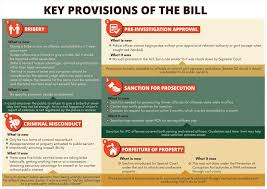The key features of the proposed GST return

The Joint Committee on Business Process has very recently submitted its Report on GST Return in connection with Goods and Services Tax.
 Features of the proposed GTS return
Features of the proposed GTS return
The Constitution Amendment Bill, 2014, proposed to amend the Constitution of India to introduce Goods and Services Tax (popularly termed as GST) in the country.
The proposed amendment is likely to confer powers to the Parliament and the State legislatures to frame laws for levying GST on the supply of goods and services.
Object of introducing GST:
Presently, the Constitution gives powers to the Central Government to levy tax on manufacturing and to levy service tax in connection with the supply of services. It also empowers the State Governments to impose sales tax or value added tax for the sale of goods.
This has led to a multiplicity of indirect taxes in India. Moreover, the Central Government levies central sales tax on inter-State sale of goods which is collected and maintained by the exporting States. There are also many States which levy tax on the entry of goods in their local areas.
This multiplicity of taxes has resulted in a complex indirect tax structure in the country. It imposes huge costs for the trade and industry. The tax rates are not uniform and there is ‘tax upon tax’. No credit of excise duty is available to the traders while paying VAT. As a result, the prices of goods and services get higher.
The advantages of GST:
The introduction of GST would envisage taxation of the same event simultaneously by both the Central government and the State governments. As such, both Centre and States would be able to levy GST from manufacture to consumption.
The credit of GST paid at each stage of value addition would be available for the discharge of GST liability ensuring GST is charged only on the component of value addition at each stage. This would ensure that there is no ‘tax on tax’ in the country.
The GST is likely to harmonize the tax regime in India. It will reduce cost of production and inflation to make trade and industry more productive. It will contribute to the growth of the economy in the country.
GST will broaden the tax base resulting in better tax compliance by the traders in India.
Forms for Filing GST Returns:
The Joint Committee has suggested that there should be eight forms for filing of GST returns by traders.
The proposed regime will provide for monthly filing of returns for business through eight forms for different classes of transactions.
The Joint Committee has suggested filing of a periodic e-return for GST. As has been proposed, the returns can be filed on a specific date of a month.
There will be provision for filing of GST returns by NRIs in form GSTR-5.
There will be a defaulters list of those who will fail to file their returns and necessary action will be taken against them. There will also be automatic imposition of penalty for non-filers and late filers.
In case the return is filed without full payment of taxes, the return would become invalid. There will no scope of revision of GST returns.
The government, however, is looking forward for implementation of the GST to ensure a single indirect tax regime in the country.


 Sales Tax For E-Commerce: 3 Things Small Businesses Should Know
Sales Tax For E-Commerce: 3 Things Small Businesses Should Know  What Is The GST Liability on Free Supply of Goods and Services?
What Is The GST Liability on Free Supply of Goods and Services?  Some FAQs about GST- Understanding Scope and Provisions of GST
Some FAQs about GST- Understanding Scope and Provisions of GST  Understanding the Reverse Charge mechanism under GST and IGST?
Understanding the Reverse Charge mechanism under GST and IGST?  Pros and Cons of GST- Is Ushering in of GST worth Celebrating as media wants us to believe?
Pros and Cons of GST- Is Ushering in of GST worth Celebrating as media wants us to believe?  Arrests and Detention Provisions under GST in Detail- Are these justified
Arrests and Detention Provisions under GST in Detail- Are these justified  ITAT Amritsar: No Section 269SS Violation for One-Time Cash Payment Before Sub-Registrar
ITAT Amritsar: No Section 269SS Violation for One-Time Cash Payment Before Sub-Registrar  Tax Officials Unleash Digital Dragnet: How New Raid Powers Redefine Privacy, Property Rights in India and likely to Fuel Corruption
Tax Officials Unleash Digital Dragnet: How New Raid Powers Redefine Privacy, Property Rights in India and likely to Fuel Corruption  Income Tax Department Rewards for Reporting Tax Evasion: A Comprehensive Guide
Income Tax Department Rewards for Reporting Tax Evasion: A Comprehensive Guide  Forfeiture of Gratuity by Employer- What are the Remedies for an employee- Can employer be challenged?
Forfeiture of Gratuity by Employer- What are the Remedies for an employee- Can employer be challenged?